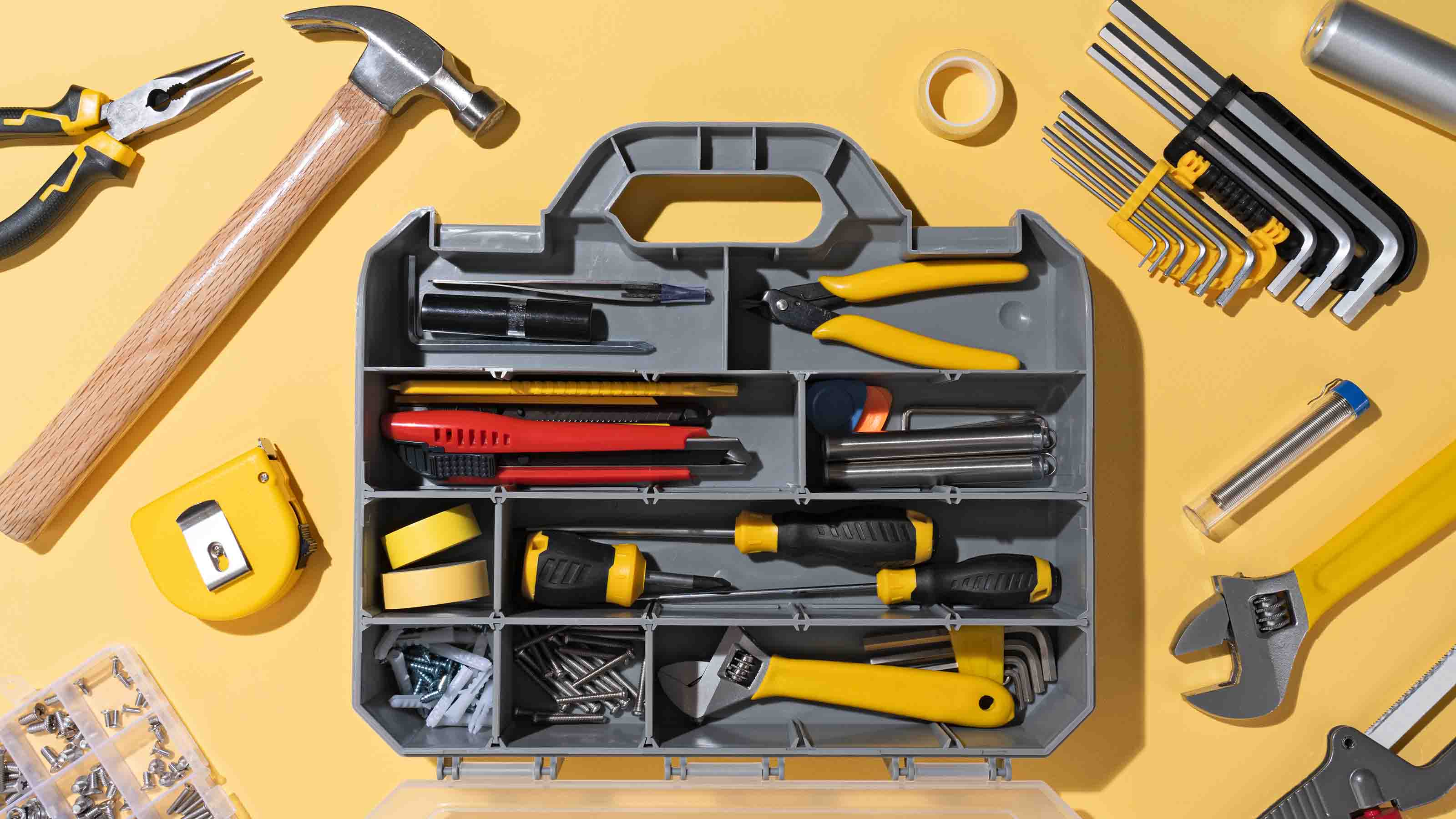Virtual Reality Systems Boost Workplace Efficiency
When words may not be understood, how about a picture? Visualization tools can help overcome language and other communication barriers.
With workplaces growing more diverse and spread out across the globe, manufacturers are increasingly turning to virtual reality and other visualization tools to improve the flow of information and help workers make smarter and faster decisions.
Such tools are an effective way to synthesize different data sources and make them available to a broader range of decisionmakers, especially when experience, skills, culture and language play a part in product decisionmaking. In the U.S. alone, the number of foreign born workers will increase from 12% of the workforce today to more than 20% by 2050, according to the Pew Research Center.
Most manufacturing firms operate in increasingly complex environments. The density and complexity of technology are growing, and global manufacturing operations are becoming less vertically integrated to take advantage of skills and resources outside the organization. Both of these trends call for better sharing of information across skill sets, languages and national borders.
From just $107.88 $24.99 for Kiplinger Personal Finance
Become a smarter, better informed investor. Subscribe from just $107.88 $24.99, plus get up to 4 Special Issues

Sign up for Kiplinger’s Free Newsletters
Profit and prosper with the best of expert advice on investing, taxes, retirement, personal finance and more - straight to your e-mail.
Profit and prosper with the best of expert advice - straight to your e-mail.
Furthermore, companies in the U.S., Europe and Japan face a demographic challenge as aging workers retire, causing many organizations to lose expertise honed over many years.
Visual information adds value by connecting workers and corporate disciplines that, until now, have lacked a common platform for interaction.
Note two examples:
Koenig & Bauer AG, which manufactures large and complex printing presses, uses a geometric search engine. It enables design engineers to search the firm’s database of more than 220,000 parts to identify similar parts based on their shape. This saves money by increasing reuse of certain parts in new machine designs instead of creating new ones.
And technology giant Intel has designed and operates a virtual world data center. The ability to view and interact with the center remotely saves the company a lot of time. And virtual hookups significantly reduce the need for travel by staff and clients.
Profit and prosper with the best of Kiplinger's advice on investing, taxes, retirement, personal finance and much more. Delivered daily. Enter your email in the box and click Sign Me Up.
-
 How Much a $100k Jumbo CD Earns You
How Much a $100k Jumbo CD Earns YouYou might be surprised at how fast a jumbo CD helps you reach your goals.
-
 How Charitable Trusts Benefit You and Your Favorite Charities
How Charitable Trusts Benefit You and Your Favorite CharitiesThese dual-purpose tools let affluent families combine philanthropic goals with advanced tax planning to generate income, reduce estate taxes and preserve wealth.
-
 A 5-Step Plan for Parents of Children With Special Needs
A 5-Step Plan for Parents of Children With Special NeedsGuidance to help ensure your child's needs are supported now and in the future – while protecting your own financial well-being.
-
 AI Appliances Aren’t Exciting Buyers…Yet
AI Appliances Aren’t Exciting Buyers…YetThe Kiplinger Letter Artificial intelligence is being embedded into all sorts of appliances. Now sellers need to get customers to care about AI-powered laundry.
-
 Banks Are Sounding the Alarm About Stablecoins
Banks Are Sounding the Alarm About StablecoinsThe Kiplinger Letter The banking industry says stablecoins could have a negative impact on lending.
-
 When Tech is Too Much
When Tech is Too MuchOur Kiplinger Retirement Report editor, David Crook, sounds off on the everyday annoyances of technology.
-
 Big Changes Are Ahead for Higher Ed
Big Changes Are Ahead for Higher EdThe Kiplinger Letter A major reform of higher ed is underway. Colleges are bracing for abrupt change, financial headwinds and uncertainty.
-
 I Let AI Read Privacy Policies for Me. Here's What I Learned
I Let AI Read Privacy Policies for Me. Here's What I LearnedA reporter uses AI to review privacy policies, in an effort to better protect herself from fraud and scams.
-
 What New Tariffs Mean for Car Shoppers
What New Tariffs Mean for Car ShoppersThe Kiplinger Letter Car deals are growing scarcer. Meanwhile, tax credits for EVs are on the way out, but tax breaks for car loans are coming.
-
 AI’s Rapid Rise Sparks New Cyber Threats
AI’s Rapid Rise Sparks New Cyber ThreatsThe Kiplinger Letter Cybersecurity professionals are racing to ward off AI threats while also using AI tools to shore up defenses.
-
 Blue Collar Workers Add AI to Their Toolboxes
Blue Collar Workers Add AI to Their ToolboxesThe Kiplinger Letter AI can’t fix a leak or install lighting, but more and more tradespeople are adopting artificial intelligence for back-office work and other tasks.